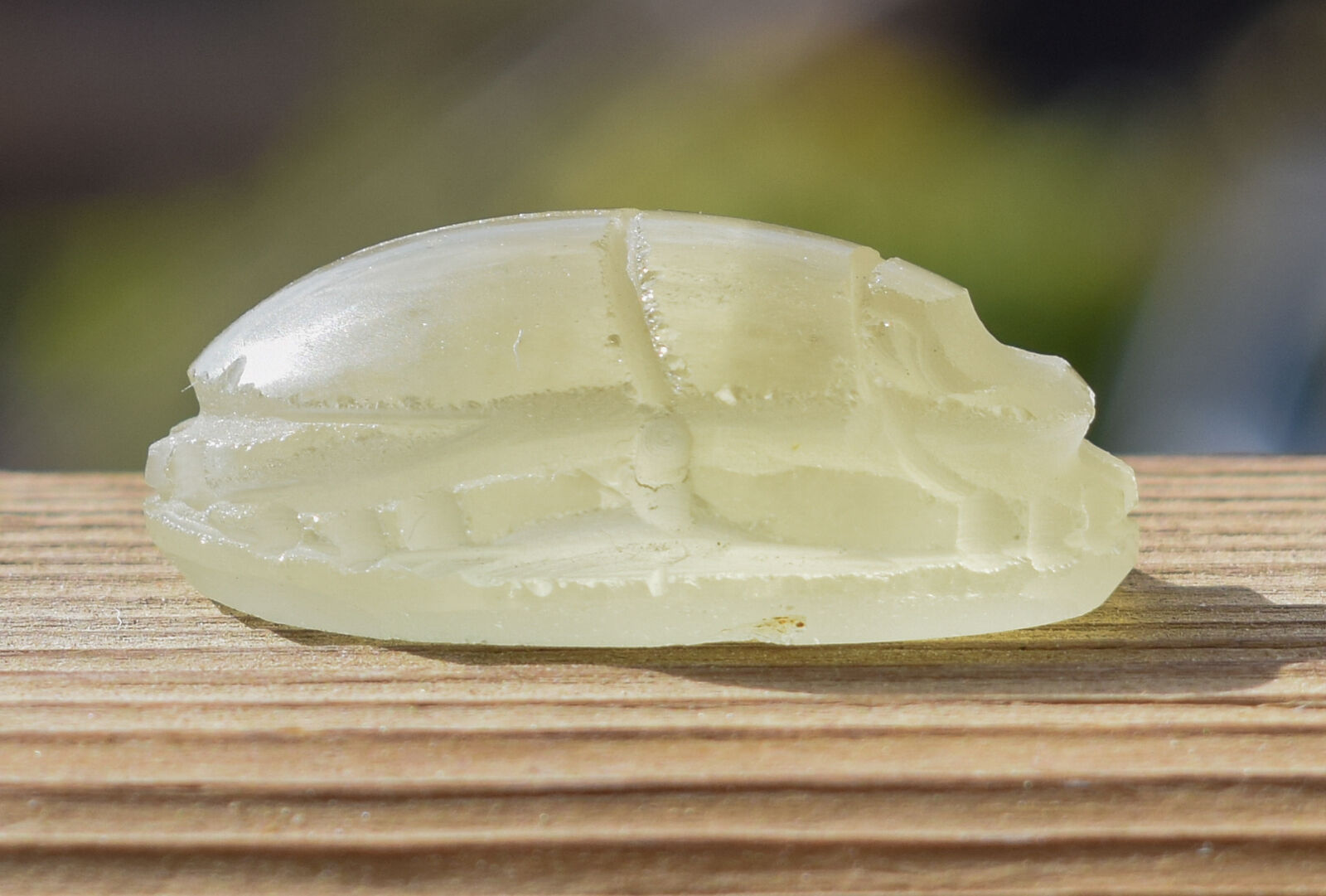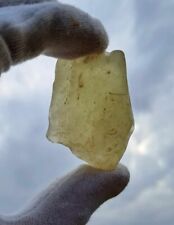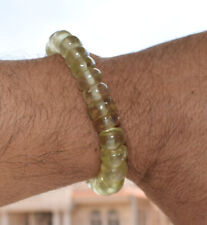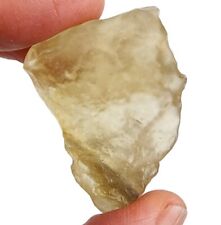Libyan Desert Glass, Egyptian Scarab, Scarab Beetle, asteroids Impact- 45 Carat For Sale

When you click on links to various merchants on this site and make a purchase, this can result in this site earning a commission. Affiliate programs and affiliations include, but are not limited to, the eBay Partner Network.
Libyan Desert Glass, Egyptian Scarab, Scarab Beetle, asteroids Impact- 45 Carat:
$125.00
Libyan Desert Glass, Egyptian Scarab, Scarab Beetle, asteroids Impact- 45 Carat Libyan Desert Glass, Egyptian Scarab, Scarab Beetle, asteroids Impact- 45 Carat Hand-carved Libyan Desert Glass Egyptian scarab, Desert glass from an asteroid impactSize: 3.2 cm L / 1.9cm W / 1.2 cm H
( 1.2" L / 0.7" W / 0.5" H)
weight 45 Carat
When British archaeologist and Egyptologist Howard Carter entered the intact tomb of King Tutankhamun in 1922, he encountered thousands of luxury objects intended to accompany the boy king into the afterworld.
Among the items decorated with gold, silver and precious gemstones was a breastplate depicting the god Ra as a winged scarab carrying the sun and moon into the sky. The scarab was carved from a pale greenish-yellow stone that Carter originally identified as chalcedony, a translucent variety of quartz.
A decade later, British geographer Patrick Clayton found samples of a similar glass-like material while exploring the Libyan Desert along the border of modern Egypt and Libya and classified it as Libyan Desert Glass (LDG).
Libyan Desert Glass (or Great Sand Sea Glass) is the result of sand on Earth having melted into glass following an enormously energetic asteroid or comet impact approximately 29 million years ago at the border region of what is today Libya and Egypt.
The formation of Libyan Desert Glass and other tektites was long considered a mystery with some researchers believing they had originated on the Moon — a notion since debunked. Scientists today agree such glass formations formed as a result of collisions of cosmic bodies with the Earth. To melt the sand, temperatures of more than 1600° C (2900° F) are required; lava flows at the Earth’s surface are nowhere near that hot. In addition, meteorite particles have been detected in specimens of Libyan Desert Glass. As is the case with all tektites, extraordinary heat resulting from massive impacts liquified the ground. (The word tektite comes from the Greek tektos, meaning “melted”.)

Related Items:
Libyan Desert Glass 45.33g Meteorite Tektite (226.65 carats) Libyan Gold Tektite
$56.17
Libyan Desert glass Bracelet-28 beads-12mmx6mm-196 ct-Meteorite Tektite-asteroid
$250.00
Libyan Desert Glass from Egypt 13.5 grams
$29.99



